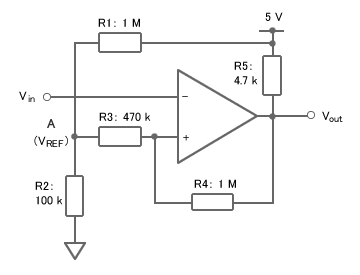-
Notifications
You must be signed in to change notification settings - Fork 0
Electronics
Apply voltage and they charge up, turn off the voltage and they discharge voltage back into the circuit. Can be used for filtering signals, buffering across short dropouts, providing timing information, providing fast local caches of power,
Put capacitors across the Vcc and GND pins as close as possible to each IC you use. When the chip changes its current requirements it can easily pull from the capacitor while the 'signal' for more power propagates back through the circuit. The closer the capacitor is the less impedance will need to be over come before before the power flow changes.
This is the best way to stop a square wave 'ringing' on the transitions.
You can use more than one size and type of capacitor in parallel.
Picking the right combination of capacitors to use in a given situation is a complicated and deep topic. For a good place to start, just use a 0.1μF
Much like the bypass capacitor setup run capacitors between the input voltage and ground close to where you circuit is powered. The Arduino uses a diode into polar 100μF & 100nF in parallel before running into it's 5V step-down converter.
Resistor capacitor circuits are setup with carefully picked component values so that the capacitor will charge and discharge at a known rate. You can use this with a comparator to trigger a signal when the the time (capacitor voltage) is reached. For example, fire a signal when a button is held down for 5 seconds.
These are analogue devices that can be used to amplify a signal or buffer it, or to compare it to a reference value. LM358 is an example of a dual-channel opamp.
When hooked up as a comparator you put the reference signal in to the - input (Inverting input), the + input (Non-inverting input) is for the signal. When the + is greater than the - the output goes to the high rail, otherwise it will be at the low rail. It's also really important to have a feedback loop from output back into the signal through a large resistor. The key word to lookup for details is 'hysteresis'.
